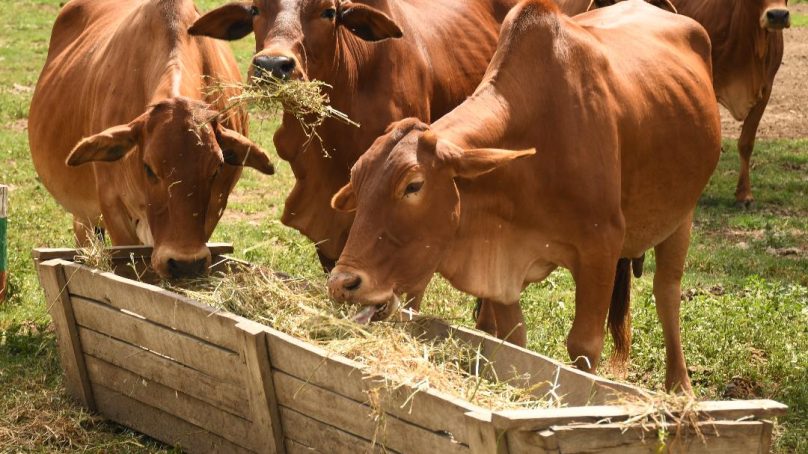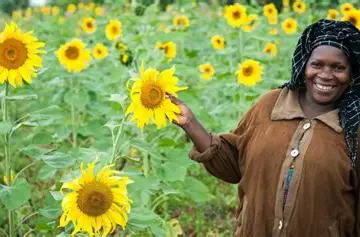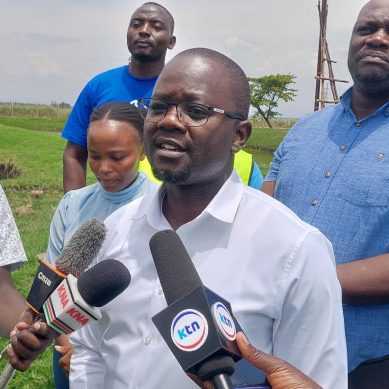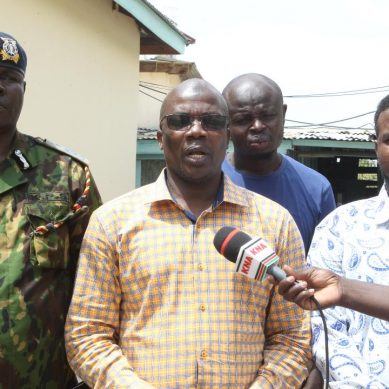
Kenya needs to invest and commercialise over 40 million hectares land with the capacity to produce up to 80 million metric tonnes of livestock feed annually to address the persistent deficit.
Currently, the country produces 15 million metric tonnes of feed every year against a rising livestock population of over 96 million cattle and over 58 million sheep and goats.
To address the shortage, Kenya has for years relied on the importation of crucial feed supplements, which has increased the cost of feeds and production for local farmers. Pastoralist communities, which account for over 70 per cent of the livestock population, have borne the brunt of the huge losses during extreme drought and flood seasons due to feed shortages.
According to John Maina, head of Rangeland Resources Management at Ministry of Agriculture and Livestock Development, the government is adopting modern technologies to scale up feed production to meet rising demand.
Maina said the government is implementing key interventions to address increased degradation of rangelands across the country, which currently stands at 40 per cent, affecting adequate fodder production.
“By addressing the health of rangelands, planting the right feed materials will ensure the production of up to 80 million metric tonnes of feeds annually and meet our current deficit,” Maina said.
In addition, he said the government is upgrading necessary infrastructure for feed storage, which will cushion farmers from unprecedented weather patterns such as drought and floods that have left communities counting losses.
“Kenya loses eight per cent of its Gross Domestic Product (GDP) during extreme drought and flood seasons and the commercialisation of feeds and better storage will help address this,” Maina said.
Speaking to the press on the side-lines of a meeting for stakeholders from Kenya, Somalia and Ethiopia, Prof Ahmed Elbeltagy, the Policy Pillar lead of the Africa Pastoral Markets Development (APMD), called for strengthening of rangelands to better feed security in the region.
Speaking on behalf of AU-IBAR Director Huyam Salih, he said, IGAD member states will activate a taskforce to oversee implementation of policy frameworks that will promote livestock feed security and rangelands management in partnership with the private sector.
Prof Elbeltagy said the feed sector in the Horn of Africa has faced numerous challenges, including droughts, insecurity and conflicts, adding that necessary investments aim to better farmers livelihoods.
Guyo Roba, the Head of Dryland Development Unit at IGAD, said the Horn of Africa, has a 40 per cent feed deficit, with climate change further affecting adequate feed production for the region’s livestock population.
He decried the lack of a harmonious and strong seed certification system in the region that has affected cross-border feed trade, especially during high-demand season, noting that the region has a current seed deficit of 50 per cent.
Roba called for multi-faceted approaches involving investing in rangelands governance, localised reseeding for degraded lands and better early warning systems and an effective strategic feed reserve for the unforeseeable future.
According to Dr Ameha Sebsibe, a consultant on Livestock Trade and Feeds at IGAD, Kenya’s pastoral regions face a 64 per cent feed shortage, while Ethiopia faces 10 per cent and Somalia at 50 percent.
Sebsibe decried that during the 2020 -2023 drought season, Kenya, Ethiopia and Somalia lost 13 million animals worth $1.2 billion, leaving over five million children malnourished.
He said the three countries account for 55 per cent of the over 300 million livestock resources in the IGAD region, with a lack of adequate quality feed affecting livestock yields.
Dr Sebsibe urged member-states to scale up funding in feed production, storage and distribution to address deficiencies and invest in drought-tolerant grass species such as Juncao, Rhodes, Brancharia and Sudan grass, among other varieties.
– A Tell Media / KNA report / By Erastus Gichohi







